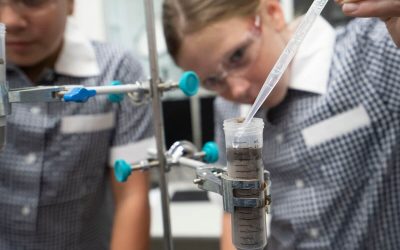You’ve heard the expression, “food as fuel” – the idea that food is the essential source of energy that powers us through our daily activities. This is particularly applicable for endurance athletes, who require significantly higher levels of energy to perform at their peak in their chosen career.
In a previous blog article, we delved into the need for athletes to replenish fluids from sweat loss with the help of isotonic sports drinks. But for endurance events, athletes also need to have their energy levels replenished, through adhering to specially designed nutrition plans that are tailored to their unique needs.
So just where do athletes get all that energy from, and how do they use nutrition to keep up the pace for kilometre after kilometre? Read on to find out!
Optimising Energy Production for Endurance Events
There are three main sources of fuel we use for energy called the macronutrients: carbohydrates, fat and protein, and our bodies utilise these energy sources in that order.
Endurance athletes will often “carbo load” in the days leading up to an event by increasing the proportion of carbohydrates in their diet. These carbohydrates are stored in the muscles as glycogen. During the event the glycogen is broken down by the body into glucose which can be used for energy. However, the body can only store enough glycogen to fuel events lasting up to 90 minutes.
For longer events such as marathons, road cycling and triathlons, athletes need to replenish their carbohydrate stores to prevent “bonking”, also known as ‘hitting the wall’, a feeling that is reportedly similar to receiving a sharp hit to the head. Bonking occurs when carbohydrate stores are depleted and the body has to break down fat for energy. This process produces energy at a much slower rate.
So How Can Athletes Prevent Bonking?
There are various strategies athletes can put in place to prevent bonking during endurance events, including event nutrition. Overall, it’s essential for athletes to maintain a diet with sufficient caloric density proportional to their body weight, and experts recommend that athletes eat before they train or race to top up glycogen stores, especially if their last meal was several hours prior.
Here’s an example of a recommended nutrition plan for endurance events, provided by Triathlon Australia.
Sports drinks often include some simple, quickly absorbed sugars such as glucose and fructose. Interestingly, there is also evidence that simply washing out the mouth with these drinks can activate reward centres in the brain and make athletes feel better towards the end of an event or after completion. For more information on the benefits of isotonic sports drinks for athletes, check out our recent article.
Going Further – Creatine Supplementation
There are a number of other considerations for sports performance and training including protein, caffeine and creatine consumption. During sprinting events, the body breaks down a substance called creatine phosphate to generate energy extremely quickly. Athletes involved in explosive sports such as sprinting, gymnastics and weightlifting have benefited from creatine supplementation.

The energy currency of life, i.e. the body’s fuel currency, is a molecule called ATP (adenosine triphosphate). When our bodies require energy, they break down ATP into ADP (adenosine diphosphate) and a phosphate. This process provides the energy for largely all living processes, including muscle contractions. The problem is that we only have enough ATP to last about 2-3 seconds of activity, so it must be constantly replenished to give us energy.
The slowest way to replenish ATP is through a process called aerobic respiration which utilises the oxygen we breathe in. When athletes can’t get enough oxygen in to produce the ATP quickly enough, the body reverts to anaerobic respiration (i.e. without oxygen). This produces lactic acid as a byproduct which slows athletes down, so this anaerobic respiration can only sustain athletes for events lasting up to around 1-2mins.
However, there’s another, faster way to replenish the ATP for high-intensity activities lasting up to 30 seconds with intermittent recovery periods – and this is where the molecule creatine phosphate comes in. Our bodies have small stores of creatine phosphate for powering extremely high intensity activity. Creatine supplements are designed to be taken to increase stores of creatine phosphate, which in turn enhances performance in explosive activities by allowing athletes to replenish ATP levels faster.
Sports Dietitians Australia recommends that creatine supplementation doses are only taken in conjunction with generous portions of carbohydrates, and that individual athletes should consult an Accredited Sports Dietitian if they are considering incorporating creatine supplements into their nutrition plans.
Run into a wall planning an engaging National Science Week celebration for your school this year? Let Street Science energise your students with our premium LIVE show, The Future of Foods! Book your National Science Week 2021 experience with Street Science here.




